Understanding Waze's Business Model: A Comprehensive Guide
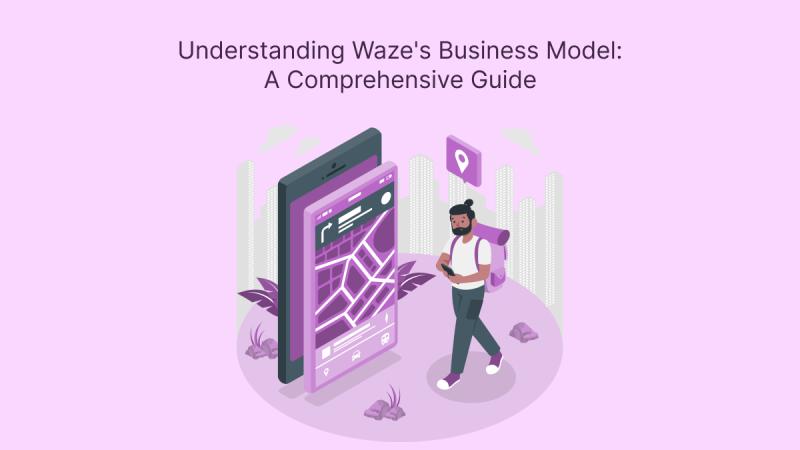
Waze is one of the most popular navigation apps in the world, used by millions of drivers to find the quickest routes, avoid traffic jams, and get real-time updates on road conditions. While the app is free for users, Waze has built a unique business model that not only sustains its operations but also generates significant revenue. In this guide, we’ll explore how Waze works, how it makes money, and what makes its Waze business model stand out in the competitive world of navigation apps.
Overview of Waze
Before diving into the details of Waze’s business model, it's important to understand what Waze is and how it operates.
What is Waze?
Waze is a community-driven navigation app that relies on user-generated data to provide real-time traffic updates and route suggestions. Launched in Israel in 2006, Waze was designed to help drivers find the most efficient routes while avoiding traffic jams, road hazards, and other obstacles.
Key Features of Waze
Crowdsourced Traffic Data: Waze relies heavily on data provided by its users. Drivers can report accidents, road closures, police traps, and more, helping other users avoid these issues and find the quickest routes.
Real-time Navigation: Waze’s core feature is its ability to provide real-time navigation. The app adjusts routes based on current traffic conditions, offering drivers the fastest way to their destination.
Community-driven Information: Waze’s users are integral to the app’s success. By contributing data and verifying updates, they help keep the app accurate and up to date.
With this context, let’s explore how Waze turns this user-driven navigation service into a successful business.
Waze Business Model
Waze follows a freemium business model, which means that the app is free to use, but it generates revenue through various services and monetization strategies. Below, we break down the main components of Waze's business model.
1. Advertising
One of the primary ways Waze makes money is through advertising, specifically location-based ads that are integrated into the app. Waze’s advertising model allows businesses to target drivers based on their location and driving behavior, offering highly relevant ads that are displayed at strategic moments.
Waze Ads
Waze offers several advertising products, including:
Branded Pins: Businesses can place branded pins on the Waze map, alerting drivers to nearby stores, gas stations, or restaurants. These pins act as virtual billboards and help businesses increase their visibility.
Search Ads: When drivers search for specific locations (like gas stations, restaurants, or shops), businesses can pay to have their ads appear at the top of the search results.
Zero-speed Takeover Ads: These ads appear when the vehicle is at a complete stop (such as at a red light), ensuring the ad doesn't distract drivers while they’re moving. These ads often promote nearby businesses or services relevant to the driver’s current location.
Targeted Advertising
What makes Waze ads particularly effective is their ability to target users based on their driving behavior, current location, and routes. For example, a fast-food restaurant can target drivers who are approaching their location or traveling along a particular route. This hyperlocal advertising makes Waze an attractive platform for businesses looking to reach nearby customers.
2. Data Licensing and Partnerships
Another important revenue stream for Waze is data licensing and partnerships. Waze collects massive amounts of data on traffic patterns, road conditions, and driver behavior, which can be valuable for other companies and government agencies.
Government Partnerships
Waze has partnered with various government entities through its Waze for Cities program. This initiative allows cities to access Waze’s data to improve traffic management, road safety, and infrastructure planning. In exchange, Waze gains valuable insights from the cities, such as real-time information on road closures, construction, and emergencies, which help enhance the app’s accuracy.
Data Licensing for Businesses
In addition to government partnerships, Waze also licenses its data to businesses. For example, logistics companies can use Waze data to optimize their delivery routes or monitor traffic conditions. This data-as-a-service (DaaS) model allows Waze to monetize the valuable data it collects without directly charging its users.
3. Carpooling Services
Waze has expanded its business model by offering Waze Carpool a separate service that allows drivers and passengers to share rides. Unlike Uber or Lyft, Waze Carpool is not designed to be a ride-hailing service; instead, it’s a cost-sharing platform where people traveling in the same direction can split the cost of fuel.
How Waze Carpool Works
Waze Carpool connects drivers and passengers who have similar routes, helping them share the ride and the cost. Passengers pay a small fee to the driver to cover fuel expenses, and Waze takes a small commission from each transaction. This service appeals to commuters who want to save money on gas and reduce the number of cars on the road, making it a more eco-friendly alternative to traditional car services.
Growing Carpool Network
As Waze Carpool grows in popularity, especially in regions with high commuting traffic, it presents another significant revenue opportunity for Waze. While still in the early stages, the carpooling service has the potential to become a key part of Waze’s business model, especially as more people seek sustainable transportation options.
4. Integration with Google Services
As part of the Google ecosystem, Waze benefits from integration with other Google services, such as Google Maps and Google Ads. This integration allows Waze to leverage Google’s vast resources and user base while also providing additional value to Google’s services.
Google Maps Integration
Although Google Maps and Waze operate as separate entities, they share data and insights to improve their services. Waze’s crowdsourced data helps enhance Google Maps’ traffic and route suggestions, while Google’s resources support Waze in maintaining its position as a top navigation app.
Google Ads Integration
Businesses that use Google Ads can also extend their campaigns to Waze, allowing them to reach drivers through both platforms. This integration gives advertisers more flexibility and reach while also boosting Waze’s advertising revenue.
What Makes Waze’s Business Model Unique?
Waze’s business model stands out in several ways, making it different from other navigation services:
Crowdsourced Data
Waze’s reliance on crowdsourced data is a key differentiator. While other navigation apps rely on algorithms and pre-programmed data, Waze’s real-time updates are driven by users, making the app incredibly dynamic and accurate. This user-generated content is not only the foundation of the app’s navigation service but also a valuable resource for advertisers and partners.
Hyperlocal Advertising
Waze’s focus on hyperlocal advertising allows businesses to target consumers based on their immediate location and driving patterns. This type of advertising is highly relevant and effective, as it connects drivers to nearby businesses and services in real-time.
Community Engagement
Waze’s community-driven approach fosters a sense of engagement among users. Drivers are not just passive app users; they actively contribute to the app’s success by reporting incidents, verifying updates, and improving the navigation experience for others. This creates a loyal user base that is invested in the app’s success.
Conclusion
Waze’s business model is a perfect example of how a free service can generate revenue through advertising, partnerships, and additional services. By leveraging its vast user base, real-time data, and innovative advertising solutions, Waze has built a sustainable business model that sets it apart from other navigation apps. As Waze continues to expand its services, such as Waze Carpool, and deepen its integration with Google, it’s clear that the company is well-positioned to thrive in the future of transportation. Unlock the secrets behind Waze's Business Model. Learn from this comprehensive guide by experts in on-demand app development company.
Waze’s unique combination of crowdsourced data, hyperlocal advertising, and community engagement is not only beneficial for users but also highly appealing to advertisers and partners. This makes Waze not just a navigation tool but a powerful platform for businesses looking to connect with drivers in real-time.


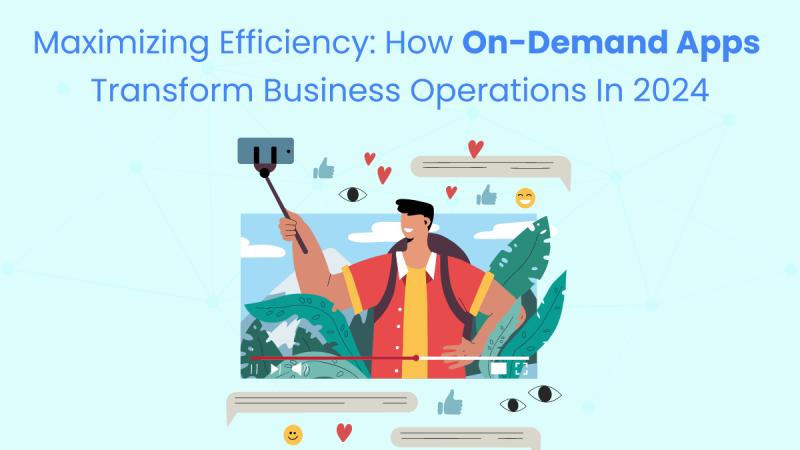
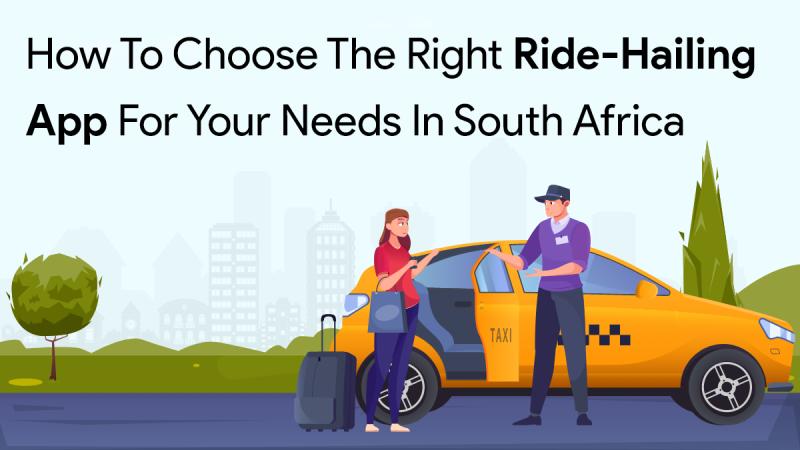
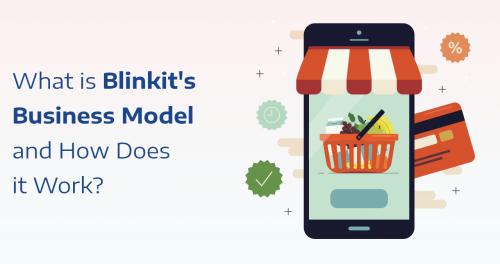


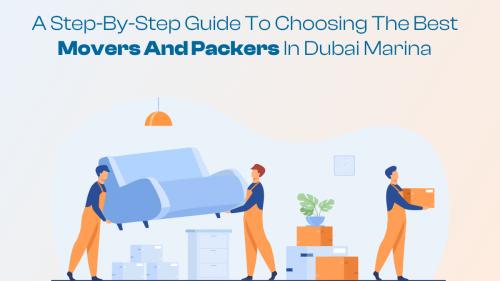
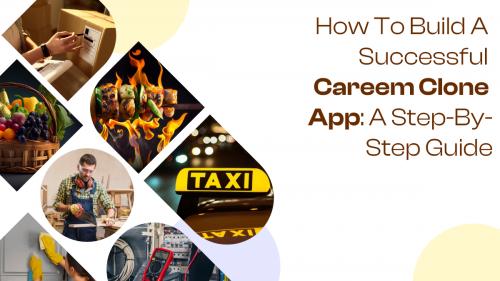
Comments